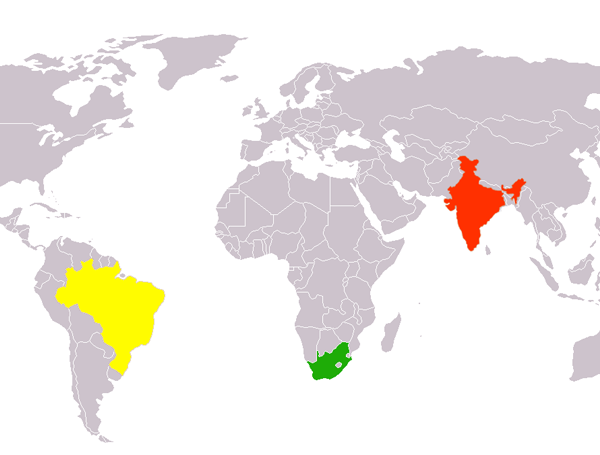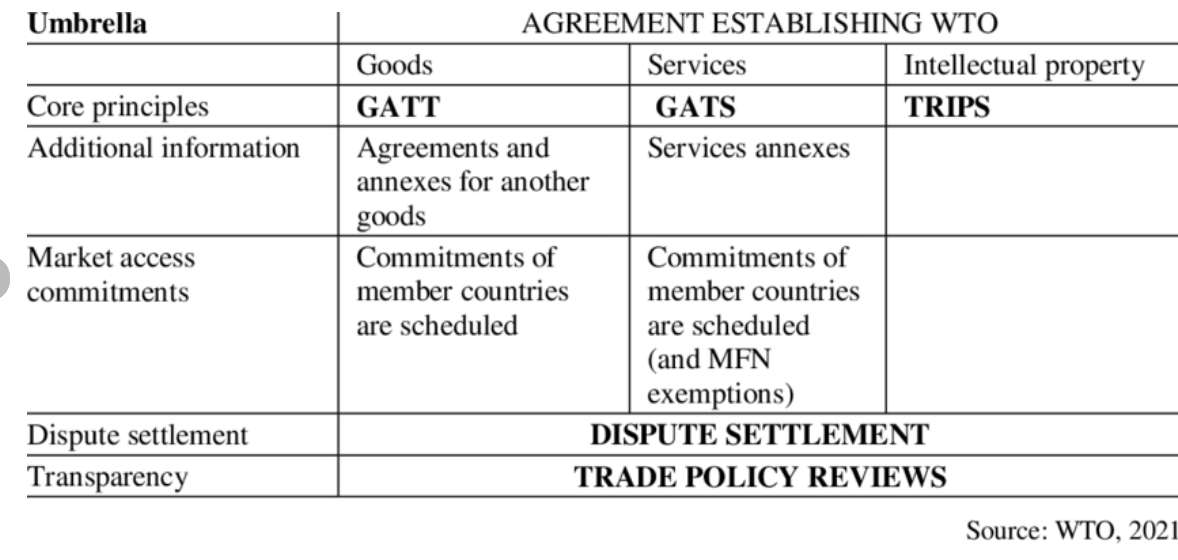
Right to Equality
Subscribers of "Current Affairs" course can Download Daily Current Affairs in PDF/DOC
Subscribe to Never Miss an Important Update! Assured Discounts on New Products!
Must Join PMF IAS Telegram Channel & PMF IAS History Telegram Channel
- Context (TH): The rules of the Citizenship (Amendment) Act (CAA), 2019, were recently notified. This law has been challenged before the SC on the grounds that it violates Article 14 of the IC.
Article 14- Equality before law
- The State shall not deny any person equality before the law or equal protection of the laws within the territory of India.
- Article 14 rejects any discrimination based on caste, race, religion, place of birth or sex.
- This Article has a wide ambit and applicability to safeguard the rights of people residing in India.
This article is divided into two parts
- Equality before the Law: This part of the article indicates that all are to be treated equally in the eyes of the law.
- This is a negative concept as it implies the absence of any privilege in favour of any person. This is a substantive part of the article.
- Equal protection of the Laws: This part means that the same law will be applied to all people equally across society.
- This is a positive concept as it expects positive action from the state. This is a procedural part of Article 14.
Doctrine of Anti Arbitrariness
- The Supreme Court drastically increased the scope of Article 14 by including the executive discretion under its ambit.
E.P. Royappa v. State of Tamil Nadu, 1974
- Article 14 gives a guarantee against the arbitrary actions of the State.
- The Right to Equality is against arbitrariness. Since the executive and legislature are enemies, it is essential to protect the laws from the executive’s arbitrary actions.
S.G. Jaisinghani v. Union of India
- It is crucial to emphasise that the absence of arbitrary power is the first essential of the rule of law upon which our whole constitutional system is based.
- In a system governed by the rule of law, the executive authority’s discretion must be confined within clearly defined limits.
Maneka Gandhi v. Union of India
- A trinity exists between Article 14, Article 19 and Article 21 of the IC.
- Any law interfering with the personal liberty of a person must satisfy a triple test:
- It must prescribe a procedure;
- The procedure must withstand the test of one or more of the fundamental rights conferred under Article 19, which may be applicable in a given situation; and
- It must also be liable to be tested with reference to Article 14.
Natural Justice as a part of Article 14
- The principle of natural justice helps prevent miscarriage.
- These principles also check the arbitrary power of the state.
Manifest arbitrariness test
- It is a new test developed by the courts to regulate arbitrary executive actions.
- Unlike the reasonable classification test, it has no shape or form.
- The Court has said that what is “without adequate determining policy or principle” is manifestly arbitrary.
- Legislation becomes manifestly arbitrary when it is unfair, unreasonable, discriminatory, not transparent, biased, or based on favouritism or nepotism.
- When something is done by the legislature that is excessive and disproportionate, such legislation would be manifestly arbitrary.
- Therefore, arbitrariness, in the sense of manifest arbitrariness, would apply to negate legislation as well under Article 14.
Doctrine of Reasonable Classification
- Article 14 promotes the idea that reasonable classification is not only allowed but also necessary for societal progress, preventing improper discrimination and ensuring equitable treatment.
- Article 14 does not mandate that law be general or universally applicable but recognises the need for tailored laws catering to specific classes.
- It refers to the lawful and justifiable categorisation of individuals or groups based on intelligible differentia that distinguish them from others.
- Unequals and Equals: It acknowledges that individuals in different situations or positions may warrant different treatment.
- It ensures that equals are treated equally while allowing for reasonable distinctions.
- Legitimate Control Policies: These permit the enactment of laws tailored to specific locations and legitimate control policies in the state’s interest and safety and security.
- Avoidance of Class Legislation: The doctrine prohibits class legislation that arbitrarily selects a large group of persons without reasonable justification for differential treatment.
- Reasonable classification helps the State make laws for the welfare of different sections of society and provide equitable treatment to everyone.
Classification Test
- The classification test is a tool that the Court employs to decide what state action would violate equality.
- The classification test is a judicial import from the U.S. dating back to 1950.
Indra Sawhney v UOI, 1993
- “The Court interpreted the relation between Article 14 and Article 16.
- Article 16(1) is a facet of Article 14. Just as Article 14 permits reasonable classification, so does Article 16(1).
- A classification may involve the reservation of seats or vacancies.
- Articles 14 and 16 aim to achieve equality and equality of opportunity, and Clause (4) of Article 16 achieves the same objective.
- Both provisions have to be harmonised, keeping in mind that both restate the principle of equality enshrined in Article 14.
Essentials of Classification Test
- Intelligible Differentia: A valid classification must be based on intelligible differentia that differentiates the grouped individuals from those excluded.
- Rational Nexus: The differentia must have a rational nexus with the objective the legislation seeks to achieve.
- Legitimate Purpose: It should serve a legitimate legislative purpose, such as addressing social inequalities, without violating fundamental rights.
- Fairness and Non-Arbitrariness: The classification should be fair and not arbitrary. It ensures that individuals are treated differently for valid reasons and not based on whims or prejudices.
- Judicial Review: The doctrine is subject to judicial review, wherein courts assess the reasonableness and constitutionality of classifications to prevent unfairness or arbitrariness.
Role played by the doctrine of reasonable classification in Administrative Law
- It plays an important role in the administrative laws in the following ways:
Guide the interpretation of statutes.
- It guides the formation of statutes so that their interpretation does not give rise to any irrational or ludicrous conclusion.
- The legislators and the judges use this doctrine as their guiding principle for enacting or interpreting laws.
- It helps them deliver fair justice to the people without any arbitrariness.
Testing the legitimacy of the law
- It determines the legitimacy of any bill or law that is introduced or enacted by the Government.
- This doctrine determines the rationality of that bill or law.
- It clarifies whether the law is justifiable or not, which in turn reduces problems and increases acceptability.
Provide a standard for judicial review
- This doctrine is also helpful in providing a standard for judicial review.
- The judicial review nullifies any administrative action that seems irrational or arbitrary.
- Some discretionary powers have been granted to the administration, but those are also subject to judicial review.





![PMF IAS Environment for UPSC 2022-23 [paperback] PMF IAS [Nov 30, 2021]…](https://pmfias.b-cdn.net/wp-content/uploads/2024/04/pmfiasenvironmentforupsc2022-23paperbackpmfiasnov302021.jpg)











